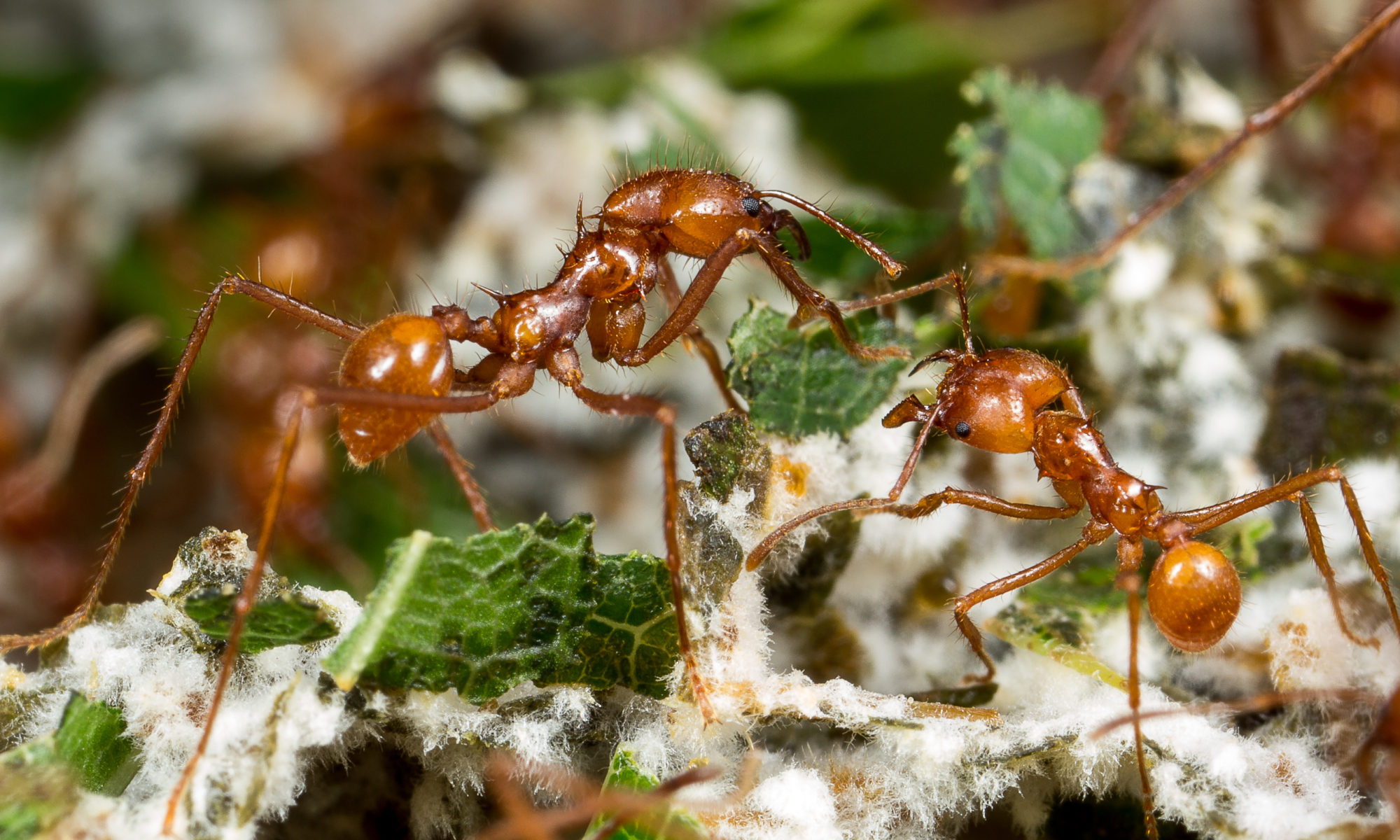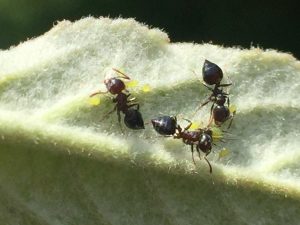Communication is something all organisms require. It allows for interaction within and even between species. For humans, it helps us to exchange information or simply enjoy conversation. It helps a poison dart frog signal to any potential predators that it is poisonous or helps a male gorilla establish his dominance over the group. In whatever form it comes in, it conveys a message.
In the ant, communication is done through pheromones — chemical signals they produce. These pheromones can signal a number of different things: danger, food, and the strength of the queen, to name a few. On top of that, the intensity of the pheromone indicates its importance and brings fewer or more ants to a desired location. Whatever the case may be, they allow ants to communicate with one another, allowing them to work as a single organism.


